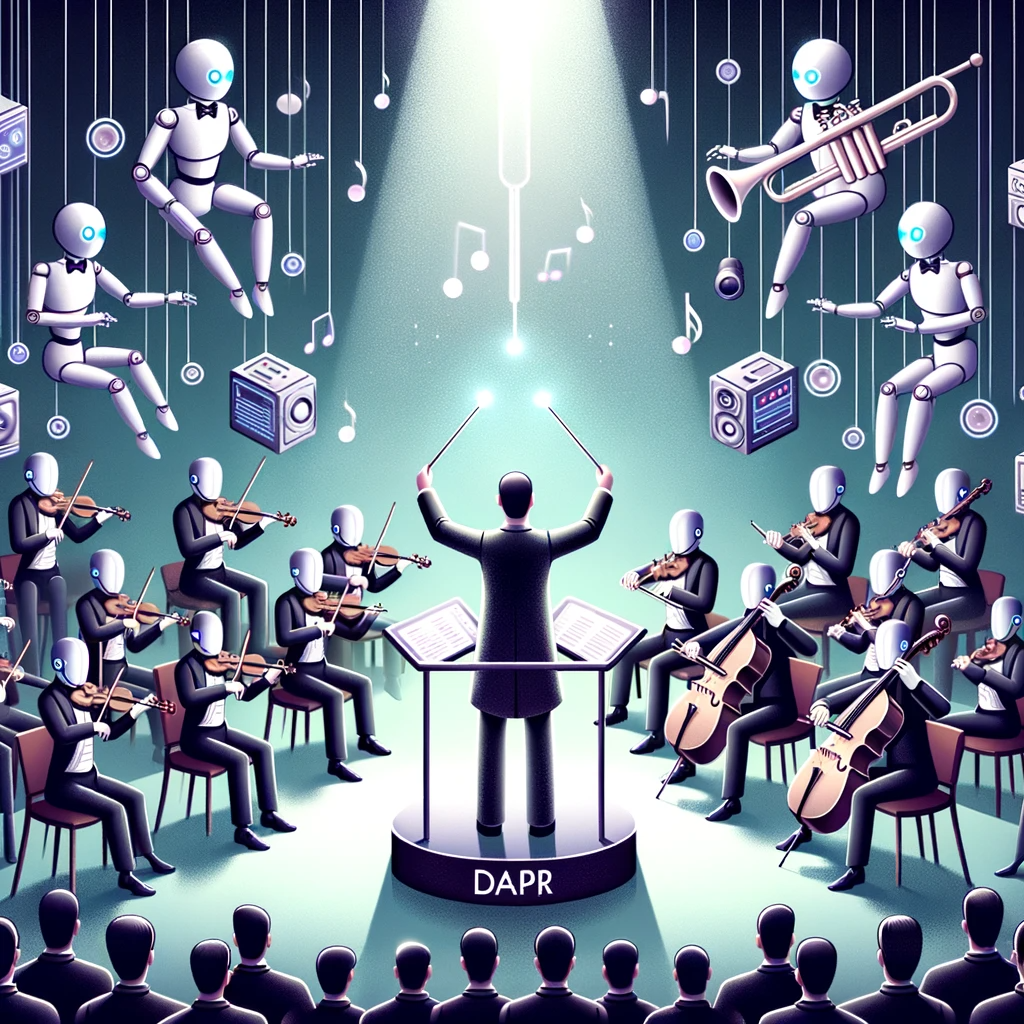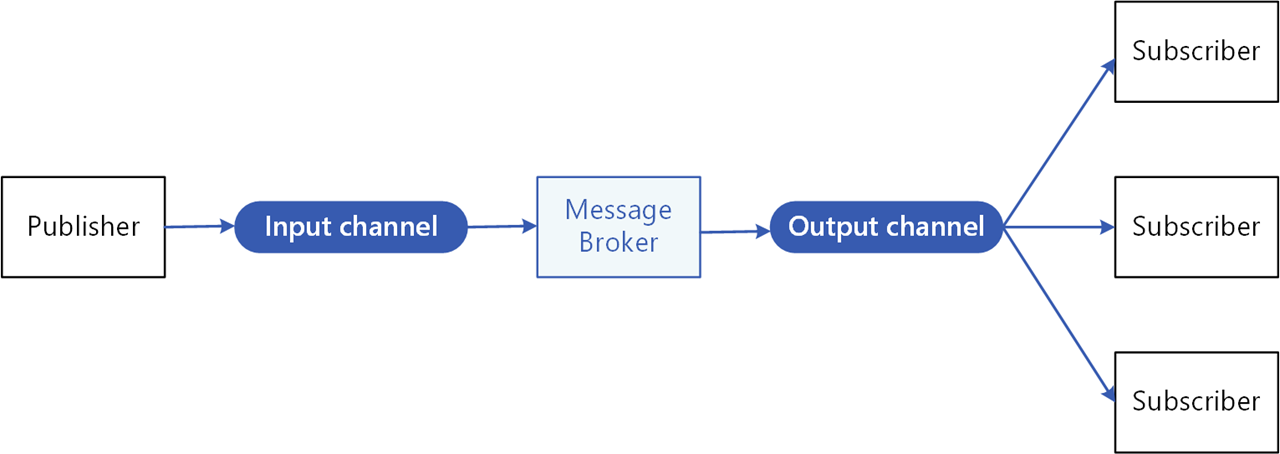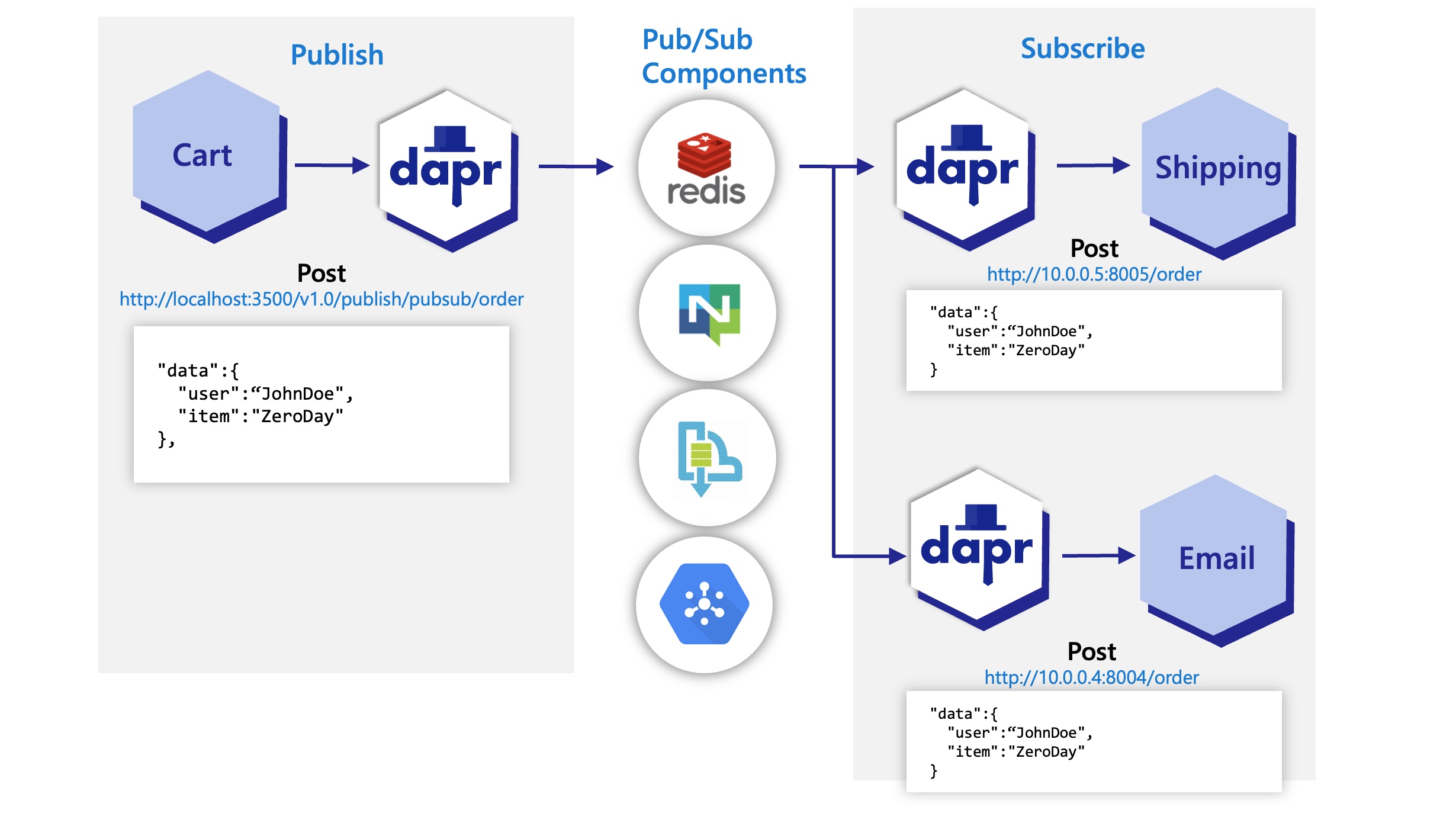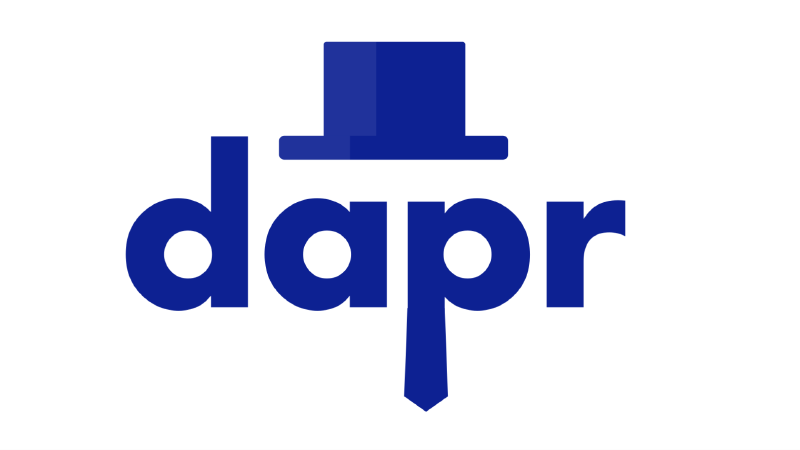Dive into Event-Driven Architecture with Dapr 🚀
Welcome back, everyone! In our previous article, we explored the challenges of monolithic architectures and how Dapr’s building blocks can help you create superhero-powered microservices. Now, we’re ready to dive deeper into the dynamic world of event-driven architecture (EDA). 📬
Event-driven architecture is a powerful paradigm for modern applications, allowing services to react to real-time events with high efficiency. In this article, we’ll discover how Dapr’s Pub/Sub building block can streamline your application’s communications, making it more scalable and responsive. Learn how to leverage Dapr to not only manage but also enhance the flow of events in your systems, ensuring your applications are robust and future-ready. 🚀
Understanding Event-Driven Architecture 🎭
Before we start our journey, let’s set the stage by understanding what event-driven architecture is all about.
In traditional applications, components often communicate directly with each other, like a game of telephone. One component calls another, waits for a response, and then proceeds with its task. However, in an event-driven application, components are more independent, reacting to events as they occur, like a group of friends responding to a message in a chat room.
Imagine an online retail system:
- In a traditional approach, the system would constantly check for new orders to process.
- With an event-driven approach, the system reacts to events like “new order received,” triggering various actions such as updating the database or sending a confirmation email.
The Power of the Pub/Sub Design Pattern 📢
One popular way to implement event-driven architecture is through the Publisher-Subscriber (Pub/Sub) design pattern. In this pattern, components communicate by producing and consuming events rather than directly requesting data from each other.
If you want to dive deeper into the Pub/Sub design pattern, check out my article on Introduction to the Publisher-Subscriber Pattern for Cloud Native Application Development. 📖
Dapr: The Superhero of Event-Driven Architecture 🦸♂️
Enter Dapr, the superhero runtime that makes implementing event-driven architecture a breeze! With its powerful building blocks, Dapr simplifies the development of microservices and distributed systems.
One of Dapr’s most impressive superpowers is its Pub/Sub building block, which ensures seamless publishing and subscribing across various platforms, including Kubernetes, Azure, AWS, and Google Cloud Platform. No more worrying about compatibility issues! 😌
To learn more about Dapr and its building blocks, check out Part-1 of this series.

Deciphering the Pub/Sub Lingo 🗣️
Before we explore Dapr’s Pub/Sub superpowers, let’s clarify some essential terminology:
- Input Channel: Think of it as a mailbox for incoming messages. 📥
- Output Channel: The outgoing mailbox for messages. 📤
- Topic: A label or tag for messages, making it easier to categorize and route them. 🏷️
- Decoupling: The principle of ensuring that system components can work independently, like musicians in an orchestra playing their parts without constant communication. 🎻🎺

Why Choose Dapr for Your Event-Driven Adventures? 🌠
Using Dapr and its Pub/Sub building block offers numerous benefits:
- Decoupling from Message Brokers: Dapr works seamlessly with various message brokers, giving your services the flexibility to switch between them without rewriting your application. 🔀
- Simplified Code: With Dapr handling the communication with message brokers, you can focus on writing the core logic of your application. 💻
- Broker Abstraction: Dapr’s API acts as a universal remote, hiding the complexities of individual message brokers. 🎛️
- Pluggability: Choose the message broker that best fits your needs, and Dapr will take care of the rest. 🔌
- User-Friendly: Sending messages becomes a breeze with Dapr, allowing developers to concentrate on the application’s primary tasks. 😊
Dapr’s Event Superpowers in Action 💪
When an event occurs in your application, Dapr springs into action:
- Your application informs Dapr about the event through its API. 📣
- Dapr relays the event to the appropriate message broker. 🚚
- The message broker distributes the event to all interested subscribers. 📬
- Each subscriber receives the event via their Dapr connection. 📥
- The subscribers react to the event according to their designed behavior. ⚙️

By efficiently managing events, Dapr ensures that your services remain independent, adaptable, and ready to tackle any challenge! 💪
Conclusion: Embracing the Event-Driven Future 🔮
Congratulations, you’ve now gained a solid understanding of event-driven architecture and how Dapr’s Pub/Sub building block can revolutionize your application’s communication! By leveraging Dapr’s superpowers, you can create dynamic, responsive, and adaptable applications that are ready to take on the world. 🌍 Happy coding! 🚀🌟
